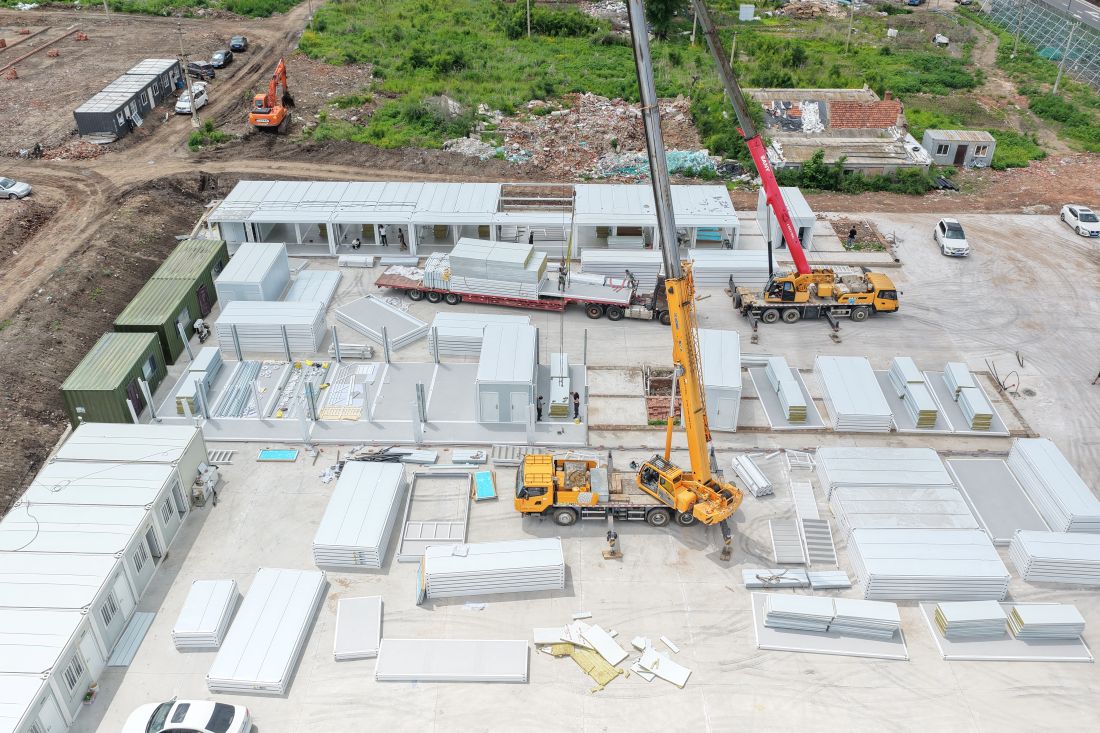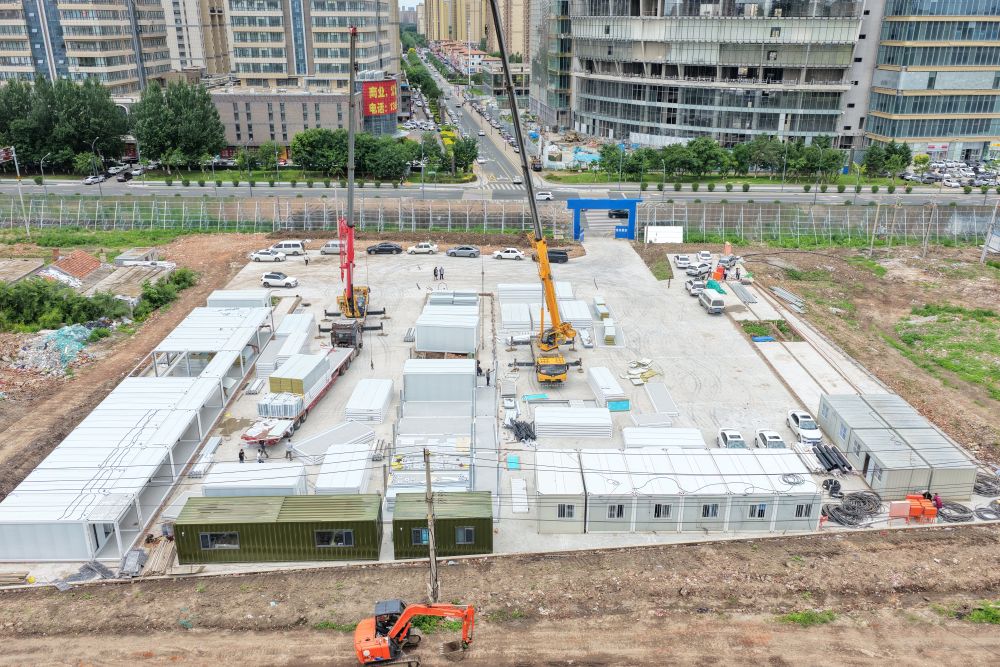The packaging box demand for green buildings and temporary housing is surging
June 24, 2024- In recent years, with the global focus on sustainable development and rapid construction solutions, the container retrofitting industry has experienced explosive growth. From temporary housing to commercial spaces, this modular building form is becoming a new favorite in the field of architecture due to its environmental, economic, and efficient characteristics.
Rapid increase in market demand and diversified application scenarios
Affected by natural disasters, refugee resettlement, and urban housing shortages, governments around the world have significantly increased their demand for temporary housing. Due to its rapid deployment and reusability, The packaging box have become the preferred solution for disaster relief and temporary resettlement. For example, in a recent earthquake stricken area in a certain country, thousands of modified containers were assembled into temporary communities within 48 hours, equipped with basic living facilities, greatly alleviating the pressure of disaster relief.
In addition, the business sector has also shown a strong interest in container construction. Coffee shops, pop-up stores, offices, and even hotels are adopting this flexible and low-cost architectural form. The well-known chain brand "Box Caf é" has opened dozens of stores worldwide that have been converted from containers, promoting environmental protection concepts and attracting a large number of young consumers.
Technological innovation drives industry upgrading
With the advancement of technology,The packaging box construction is no longer just a simple "iron box". The introduction of new insulation materials, integrated solar panels, and smart home systems has significantly improved living comfort and energy efficiency. Some companies have also developed foldable containers, reducing transportation costs by 50% and further expanding market competitiveness.
Significant environmental advantages, increased policy support
Compared with traditional buildings, The packaging box buildings reduce construction waste by about 70% and have a recycling rate of up to 90%, which is in line with the global trend of carbon reduction. Multiple governments have introduced policies to encourage the use of modular buildings, such as providing tax incentives or simplifying approval processes. The European Union has recently included The packaging box in the "Green Building Certification" system, further promoting industry standardization.
Challenges and Future Prospects
Despite the broad prospects, The packaging box industry still faces some challenges, such as public doubts about the durability and aesthetics of container buildings, as well as restrictions on building regulations in some regions. Industry insiders call for strengthening the development of industry standards and public awareness to promote wider application.
Experts predict that the global The packaging box market will grow at an average annual rate of 15% in the next five years, especially in infrastructure construction in Asia and Africa, with enormous potential. With the continuous advancement of technology and the pursuit of sustainable development by society, packaging boxes may become an important component of modern architecture.


